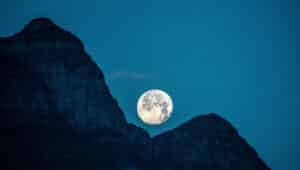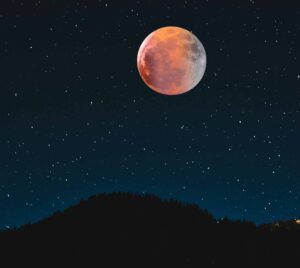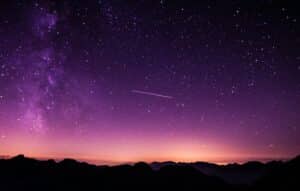Welcome to the February night sky. This month we have seven planets visible in the night sky. This will be at the last week of the month when Mercury pulls away from the Sun following its superior conjunction on the 9th.
Mercury is never easily visible with the aided eye, but on the 25th, it will be just one and a half degrees from Saturn.
Venus continues to be an evening object, shining brightly over in the west after night fall. The red planet Mars it just passed opposition in the constellation of Gemini; the Moon will be close to this planet on the night of the 9th. The crescent Moon will be close to Venus on the night of February 1.
The gas giant planet Jupiter is to be seen high and bright in the constellation of Taurus and it is easily visible. If you use a small telescope, the planet Uranus can be seen in the constellation of Aries and Neptune can be seen in the constellation of Pisces.
There is only one meteor shower this month and that is Alpha-Centaurids. Unfortunately, the radiant is in the southern hemisphere, so it is not visible from Europe. The meteor streaming, however, may be seen with luck rising from the southern horizon. This is a long duration shower with its peak on the night of the 8th onto the morning of the 9th.
At this time of the year, the constellation of Orion “The Hunter” dominates the evening sky and it is on the Celestial Equator sphere, making it visible from all over the Earth.
The Winter Milky Way is to the left of Orion, and lower down closer to the southeastern horizon is Sirius, the bright star in the nighttime sky. Close to overhead on February evenings is the constellation of Ursa Major, “The Great Bear”. And rising in the east is the bright star Regulus in the constellation of Leo “The Lion”.
Elon Musk’s Starship number 7 was launched in the middle of January and the booster made a successful return to the launch pad. Unfortunately, the top section failed soon after its separation from the booster and broke up over the Caribbean and it made an expensive firework display in the evening sky.
The Moon is first quarter on the 4th, full on the 12th, last quarter on the 20th and new on February 27.
By Clive Jackson
|| features@algarveresident.com
Clive Jackson is the director of the Camera Obscura – Tavira EYE attraction, located near the Castle of Tavira. Specialising in education and public outreach.
281 322 527 | info@torredetavira.com www.torredetavira.com
To see the January Sky Map, click on the pdf link below


























